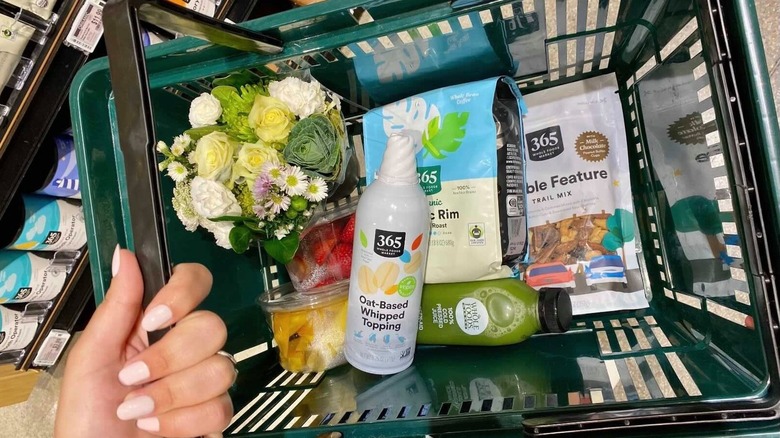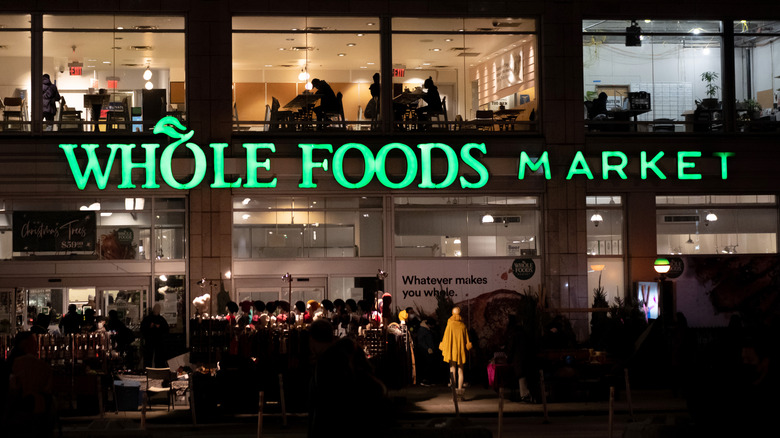How Affordable Is Whole Foods, Really?
Whole Foods famously earned the moniker "whole paycheck" thanks to its hefty prices. However, the supermarket chain was also famously acquired by e-commerce juggernaut Amazon in 2017, prompting speculation that Amazon's massive scale and infrastructure would lower prices on the grocery stores' shelves (via CNBC).
The merger came at a time when sales at Whole Foods were slumping. According to the Los Angeles Times, the company was found guilty of overcharging customers in its California stores and was forced to pay an $800,000 penalty. A year later, a commissioner from New York City's Department of Consumer Affairs reported that inspectors involved in investigating Whole Foods' prepackaged products said it was the worst case of mislabeling they had ever seen.
Higher prices are not just a consequence of mislabeling and overcharging for certain prepackaged items, however. Investopedia traces the history of higher prices at Whole Foods back to its roots as the first organic grocery purveyor. Studies indicate that customers pay an average of 10% to 20% more for groceries at the supermarket chain, and, according to the U.S. Department of Agriculture (USDA), this is largely due to differences between organic and nonorganic food items.
The agency's Economic Research Service reports that sales of organic foods began to boom after the government began regulating labels for products in the sector 20 years ago. The USDA reports that, in 2010, organic spinach cost 7% more while organic eggs cost as much as 82% more than their nonorganic counterparts.
But does Whole Foods remain that much more expensive than other grocery stores that also offer organic products?
As competition increases in organic foods markets, prices have fallen
Perhaps, in some ways, Whole Foods was a victim of its own success. While the grocer may have popularized organic foods, other purveyors quickly got in the game. Before long, Whole Foods was hardly the only store offering organic produce, and, eventually, it faced competition from budget-conscious retailers like Walmart (via Investopedia).
While products at Whole Foods cost about 10% to 20% more than the competition, after the Amazon acquisition, data from Morgan Stanley indicates that prices have settled closer to the lower end of that range. The bank reports that prices used to be 40% to 50% more expensive than competitor Kroger's and currently hover around 25% higher.
Even as Whole Foods customers may have seen their grocery bills go down following the Amazon acquisition, which prompted additional discounts awarded to Prime members, prices can vary substantially item-to-item. A CNBC report indicates that the retailer's store perimeter — where produce is sold — tends to be more expensive, but the quality also tends to be superior. In effect, customers are getting what they pay for.
At the same time, smart shoppers should be wary of the salad bar at Whole Foods, along with name-brand and gluten-free products, meats, kitchen staples, and — perhaps as evidenced by lawsuits against the company for overcharging — prepared food items.

